Iceland Annie's fight back to the top of the CrossFit Games

By any measure, what Annie Thorisdottir did in the final event of the 2014 CrossFit Games was impressive. Despite being the tallest female competitor, she hoisted a 95-pound bar over her head 60 times in 5:17, 11 seconds faster than any other competitor. As she tossed the bar behind her following her final rep, a smile hit her face. It wasn’t the smile of victory. Her second-place finish in the Games was not to her standard as a two-time champion. It was a smile more of relief, the relief of a woman who just seven months before feared that she would never lift another bar off the ground at all and 13 months before that lay face down on a locker room floor, alone, unable to feel her legs, questioning whether she would ever walk again.
In November 2012 Iceland Annie, as she’d become known in the CrossFit world, was four months removed from winning her second-straight Games title and doing what she always does: Getting stronger. Training at her gym in Rekyavik, she had just set a personal record in the back squat of 285 pounds and, feeling invincible, decided to attempt a PR in the deadlift.
“I got a little bit too cocky with it I guess you could say,” says Thorisdottir. “
For the love of CrossFit: Everyone's all in it together at the Games
“I pretty much just put 220 (lbs.) on the bar, pulled that up. Put 240 on the bar. Pulled that up. 260 on the bar, pulled that up. I pretty much just worked my way up like that. I just wanted to go higher. I just went up in weight really fast and threw my PR on it and threw the technique out of the window and tried to tear the bar up.”
Thorisdottir knew better. Pre-med classes had taught her the mechanics of the body. Professional training in Olympic lifting had given her flawless technique. Years of training had showed her how to push herself safely. Still, it’s hard to blame her for her hubris. She was a member of the national gymnastics team as a teenager, an accomplished ballerina and the two-time Icelandic pole vault champion. In fact, it took 23 years and 375 pounds on a bar for Thorisdottir, who’s surname translates to Thor’s daughter, to get her first evidence that she too was a mere mortal.
“From the first pull from the floor I could just feel something move in my back… I just felt a click in my back.”
It was 9p.m. The gym was nearly empty. More than the pain, Thorisdottir’s first reaction was embarrassment.
“I didn’t want anyone to see that I got hurt and I managed somehow, I think on adrenaline, to walk myself up to the locker room,” she says. “As soon as I came into the locker room, my legs fell out from underneath me and I was pretty much just lying on the floor and I couldn't move. Then initially I was just like ‘I ruined something in my spine.’ I seriously thought I was paralyzed from the legs down because I didn't feel my legs. I just felt severe pain in my back and I couldn't move my legs.”
Something in Thorisdottir wanted to hide the injury from the outside world. She called her boyfriend, 2012 CrossFit Europe champion Frederik Aegidius, who was away in Denmark. She then called her mother. Both told her to call an ambulance.
“People know me in Iceland so I didn’t want anyone to know,” she says. “I was so embarrassed for some reason.”
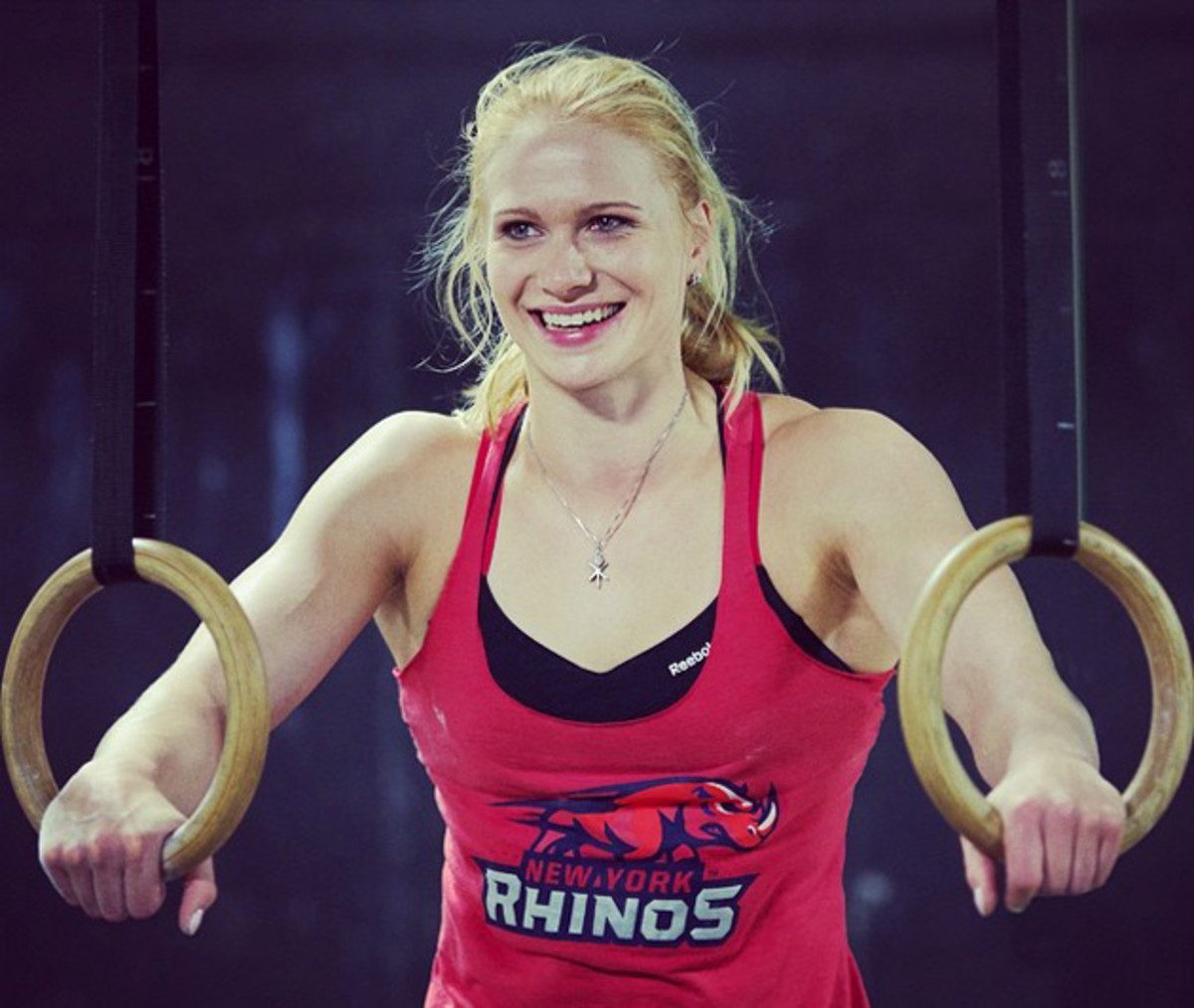
Her father called an ambulance while her mother consoled her. Paramedics finally came and were able to put her greatest fear to rest. She wasn’t paralyzed. An MRI that evening showed a bulged L5-S1 disc in the base of her spine. The next question — would she ever be able to compete again — was many long, painful months from being answered.
“The doctors didn't really know what to say. They were like, ‘You could get good really fast and you could not,” she says. “Most doctors said I would never get to my same strength again, but obviously that was not my goal. I wanted to get stronger than I had ever been. It wasn't even good enough to get to 100 percent again. I wanted to get up to 120, 130 percent.”
Within days, Thorisdottir set her sights on a full recovery and the 2013 CrossFit Games. Her progress started very slowly.
“The first week was just a mental battle,” she says. “I had to get assistance to go to the bathroom for the first three days and then my workout was go to try to walk a circle in the apartment and then go back to bed.”
The King of CrossFit: Rich Froning's Last Pursuit of Fittest on Earth
After about 10 days she was able to go to the gym and hang from a pull-up bar, just to see how it felt. Next came pull ups, straight up and down, not the swinging pull ups that are a CrossFit staple. After that came push ups, but with her knees on the ground because she lacked the core strength to hold herself up. As the weeks passed, she added bench press with her feet on the wall to take pressure off her back, then lunges, then full squats and stationary bike riding. She kept a detailed diary of her workouts and consulted with her coach, an osteopath, to help fight the all-out instinct that caused the injury in the first place. Day by day she started to feel stronger.
“It's funny being in that place where you're just looking for things that can give you some pain,” she says. “Not physical pain, but the workout pain. I hadn't felt lactic acid [in my muscles] in so long so I felt like I hadn't trained. All of the sudden I wanted to go running. I don't like running, but all of the sudden, just whatever, just give me something to do.”
Thorisdottir continued getting better, adding movement after movement, over the next few months. She fared well in three of the five qualifying workouts for the Games. In her mind she saw herself at full strength for the 2013 CrossFit Games, winning a third title, that night of frailty on the locker room floor a mere footnote in another championship story. She was headed there until a nondescript workout in March of 2013 proved that she was much further away than she thought.
“I was doing light weight, just doing reps [of squats] and all of the sudden my left leg got completely numb and I fell down,” she says. “I went back to zero in March.”
Scar tissue in her back had shifted and pressed against a nerve running down her leg. She was forced to withdraw from contention for the Games. The pain was back, but she knew how to conquer it. It was the uncertainty of the numbness, which occurred every time she bent over, that was most frightening.
“I can mentally work my way through a pain if it's in my muscle.” She says. “I know if it's a good or a bad pain. But a neural pain, I can't. If my leg shuts off I can't just tell it to go on again. That was a scary pain.”
Thorisdottir had been in Iceland for the entirety of her recovery. Her isolated location allowed her to distance herself from the reality of what her injury meant. It didn’t fully hit home until she attended the 2013 Games in July to support her boyfriend and saw what she was missing.
“My back was hurting just walking around and then I see these girls lifting weight and I felt myself being so jealous of being able to do that,” she says. “It was way harder than I thought it would be. I didn't realize how much [CrossFit] meant to me until at the Games that year”
Perhaps most difficult was facing the CrossFit community in person for the first time. Though grateful for the outpouring of encouragement and concern, Thorisdottir struggled with being seen as the wounded warrior.
“I tired to avoid it a little bit mainly because I got really tired about talking about my injury,” she says. “I was afraid to tell people the truth because I was still afraid that I wouldn't be able to become myself again.“
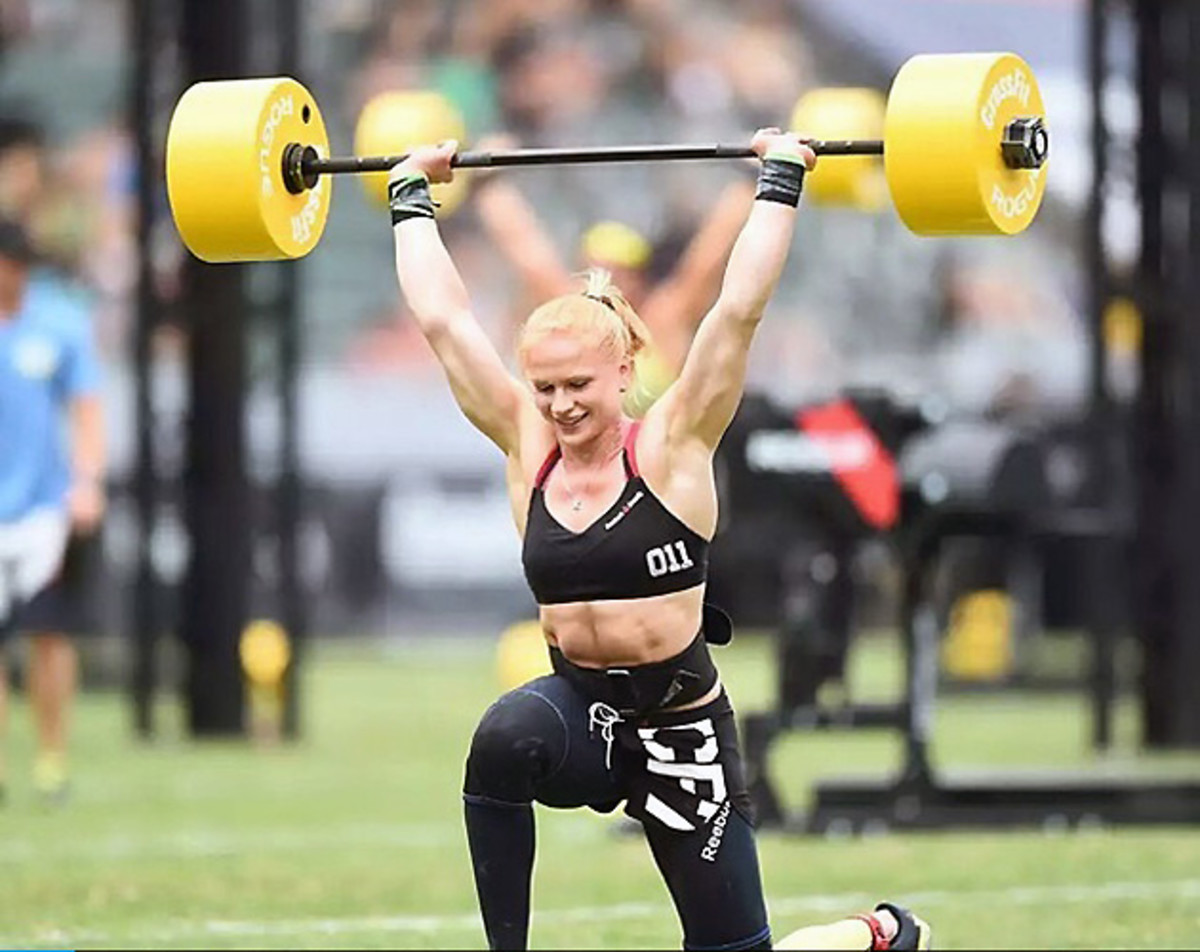
Thorisdottir returned home from the Games feeling simultaneously heartbroken and more encouraged than ever to get back to the top. She began making weekly trips to London for sessions with neurological injury specialists. They suggested that, rather than the brute strength exercises she had been using, she try more passive movements like stretching and yoga poses. The treatment worked. The scar tissue began to break up. The numbness slowly faded. Iceland Annie was on her way back for real.
After three months she was able to move without numbness or pain. It would be another three months until she had the courage to conquer the movements that had twice felled her. She didn’t lift a weighted bar off the ground until January this year and she did so gradually, tentatively. Her confidence returned in full by March, just in time for qualifying workouts for the 2014 Games. She made it to the Games despite being only a fraction of herself in open qualifying and battling a tweaked knee in regionals.
The Games came around again in July. Thorisdottir demurs out of respect for champion Camille Leblanc-Bazinet, when asked whether her stunted training pushed her into second place. But at the end of it all, 20 months removed from that helpless evening in Rekyavik and grimacing her way through the final stage of a brutal gauntlet of 13 exhausting exercises, Annie Thorisdottir was having the time of her life.
“The training is the hardest part. Come game day you get to enjoy all of the hard work that you put in,” she says. “There is no way that I'm done. It was way too much fun.”
The Faces of CrossFit
Jason Khalipa
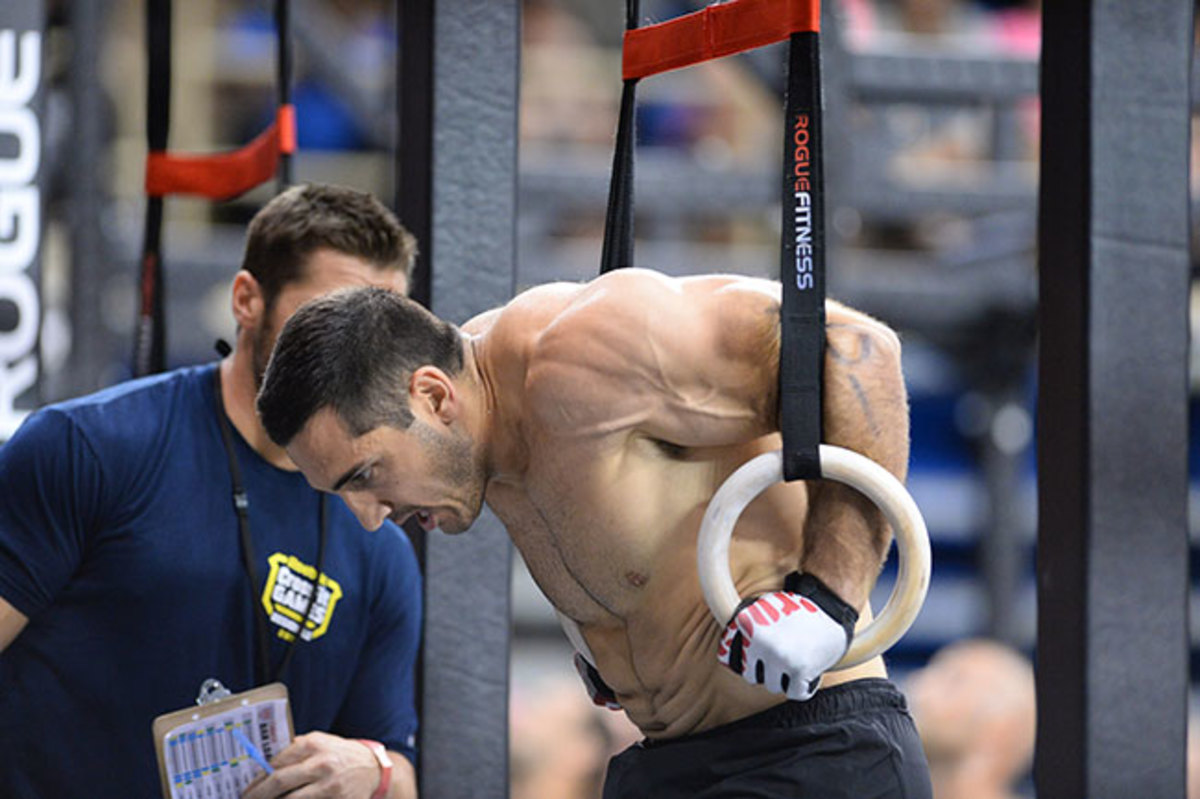
The 28-year-old Khalipa began doing CrossFit in 2006, won the Games in 2008 and won this year's Northern California regionals. He typically rests fewer than four days per month and eats quality foods, but doesn't count calories or measure portions.
Annie Thorisdottir
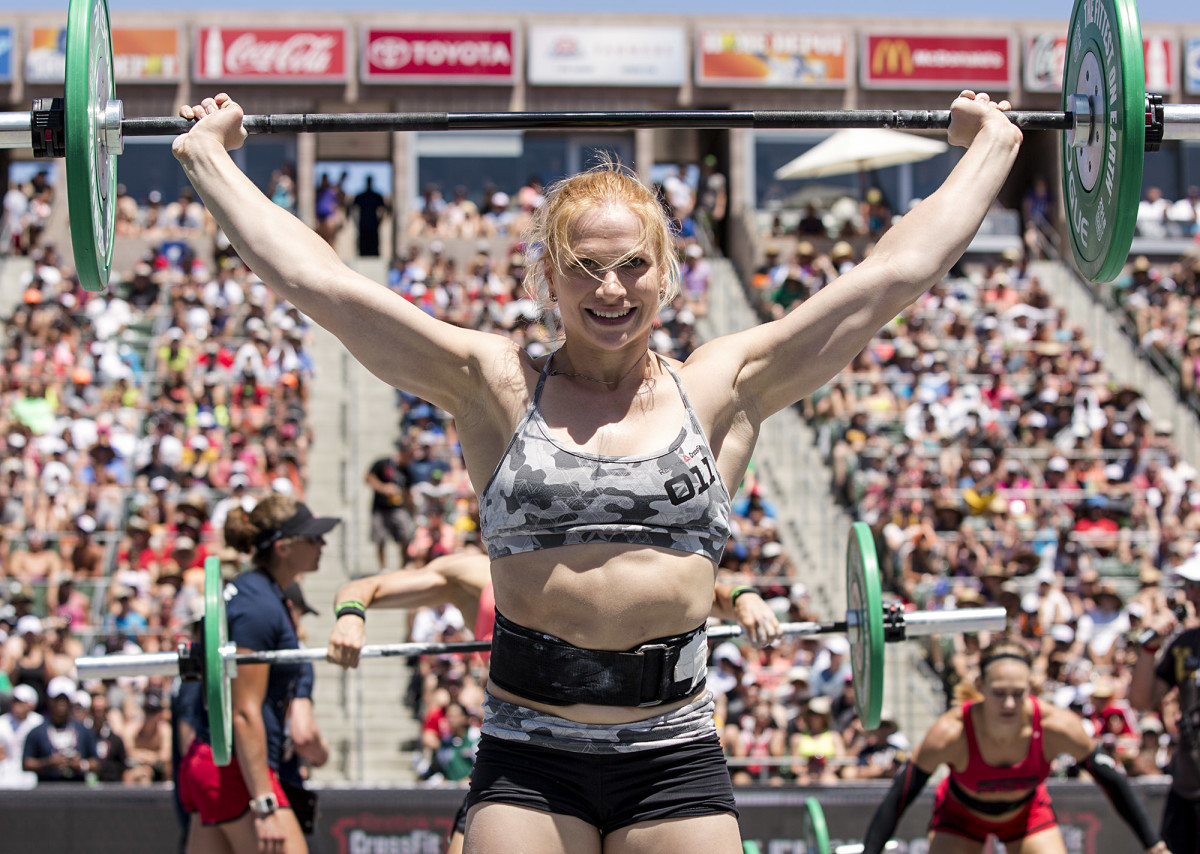
Thorisdottir hails from Iceland where she participated in gymnastics, dance and pole-vaulting growing up, and has done CrossFit for about two to four years. She is the only female to win the CrossFit Games twice, with titles in 2011 and 2012.
Rich Froning
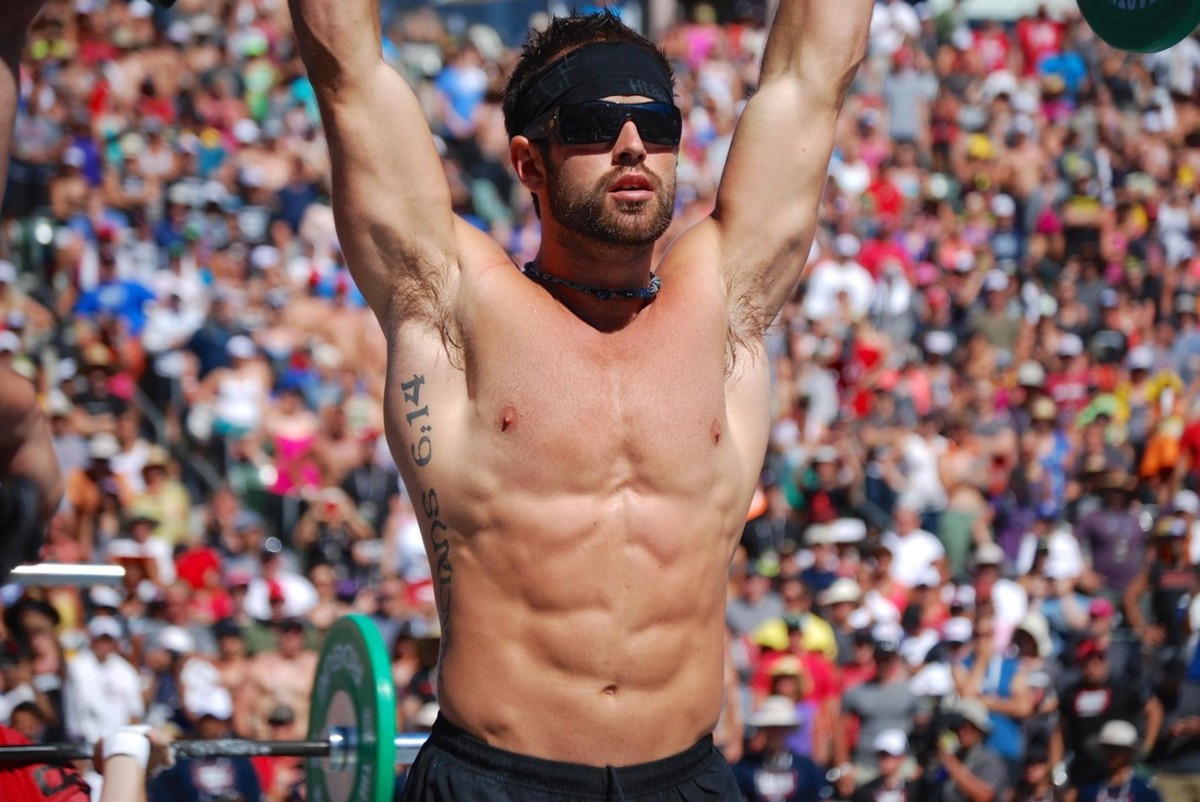
Froning is the only man to win the Games three times, with first place finishes in the 2011, 2012 and 2013 Games. He played college baseball and is looking to defend his title this year.
Alexandra LaChance
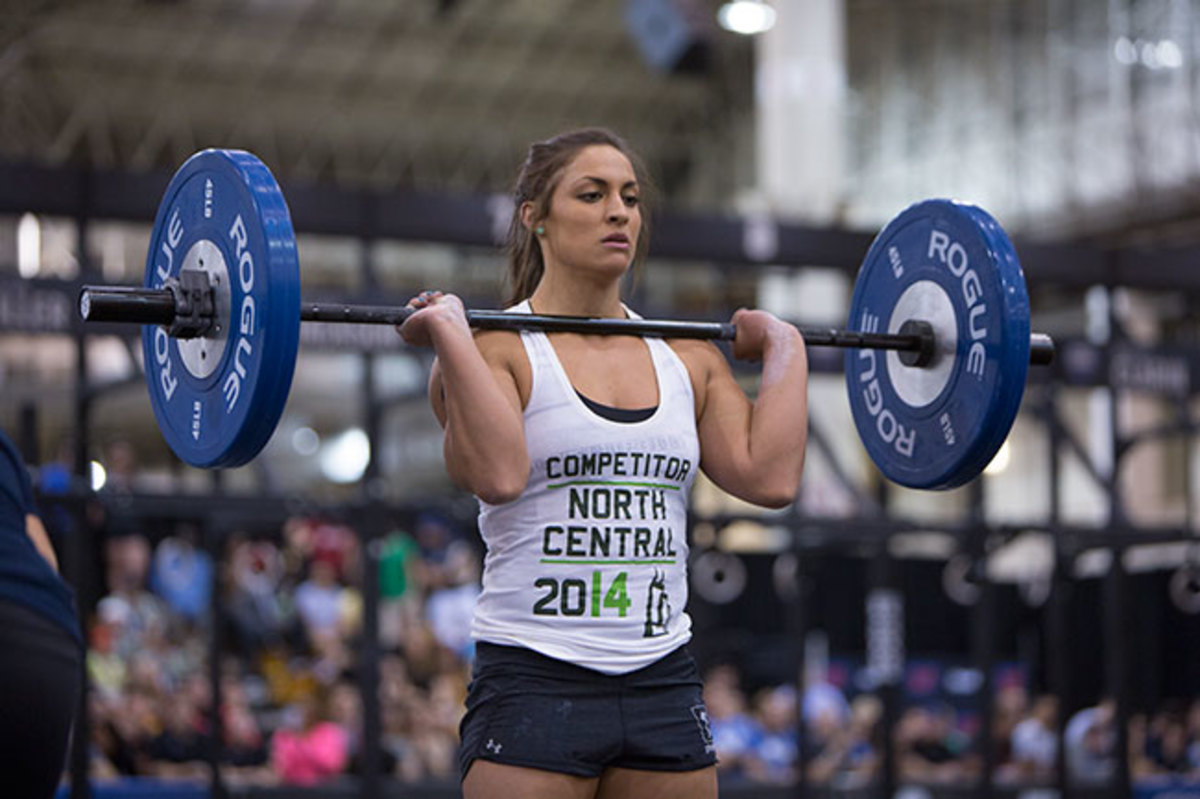
LaChance began CrossFit in January 2013 and won the North Central regionals this year. She was an All-American gymnast for the University of Arkansas for four years and does multiple workouts a day three or more days a week.
Albert-Dominic Larouche
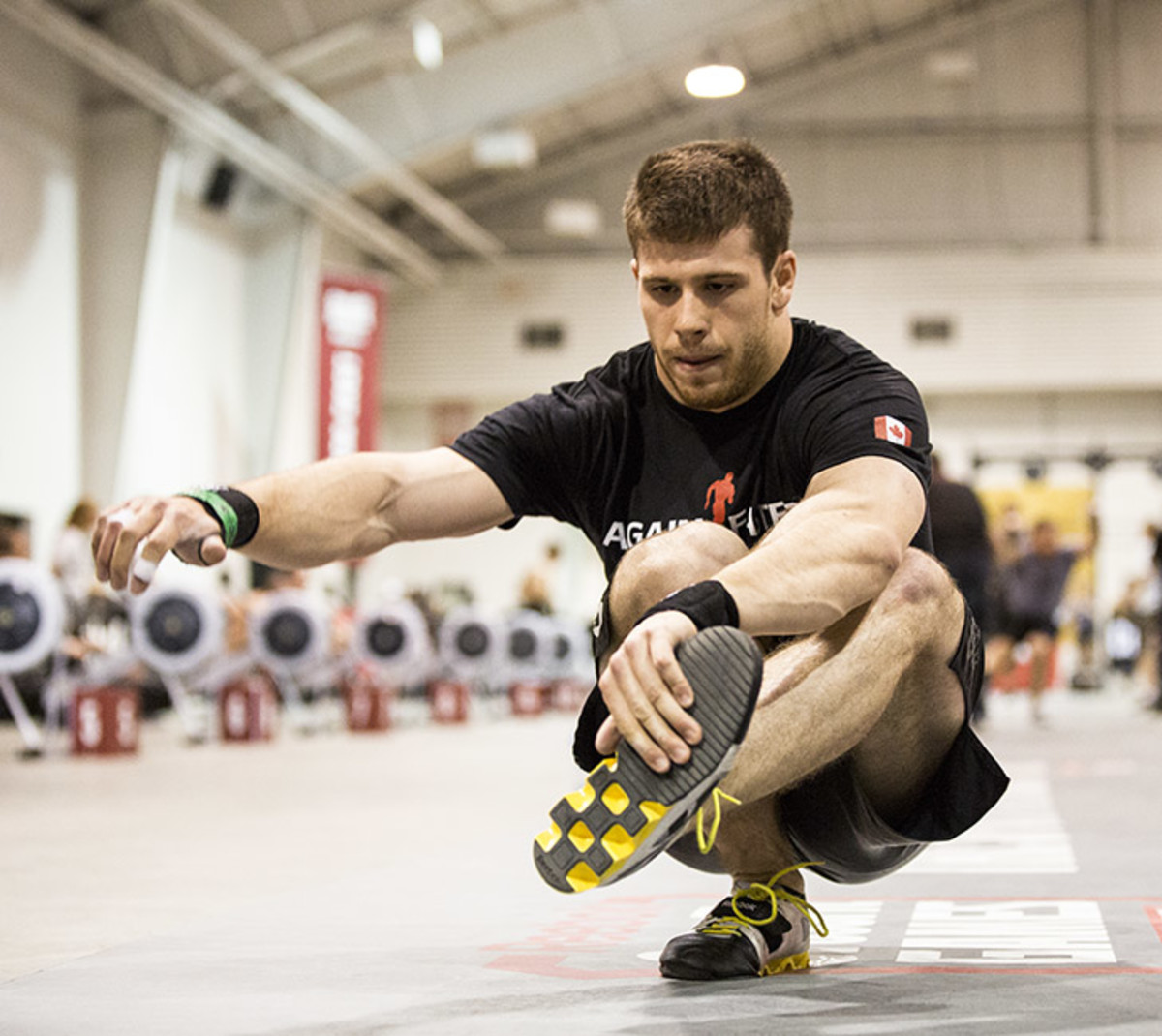
The 24-year-old Larouche won the Canada regional competition and is looking to place top five at this year's Games. In 2012, he was 12th worldwide in the Open; in 2013, he was 37th; and this year, he’s 92nd. He finished 25th at the 2012 Games, and last year ended in 12th.
Emily Bridgers
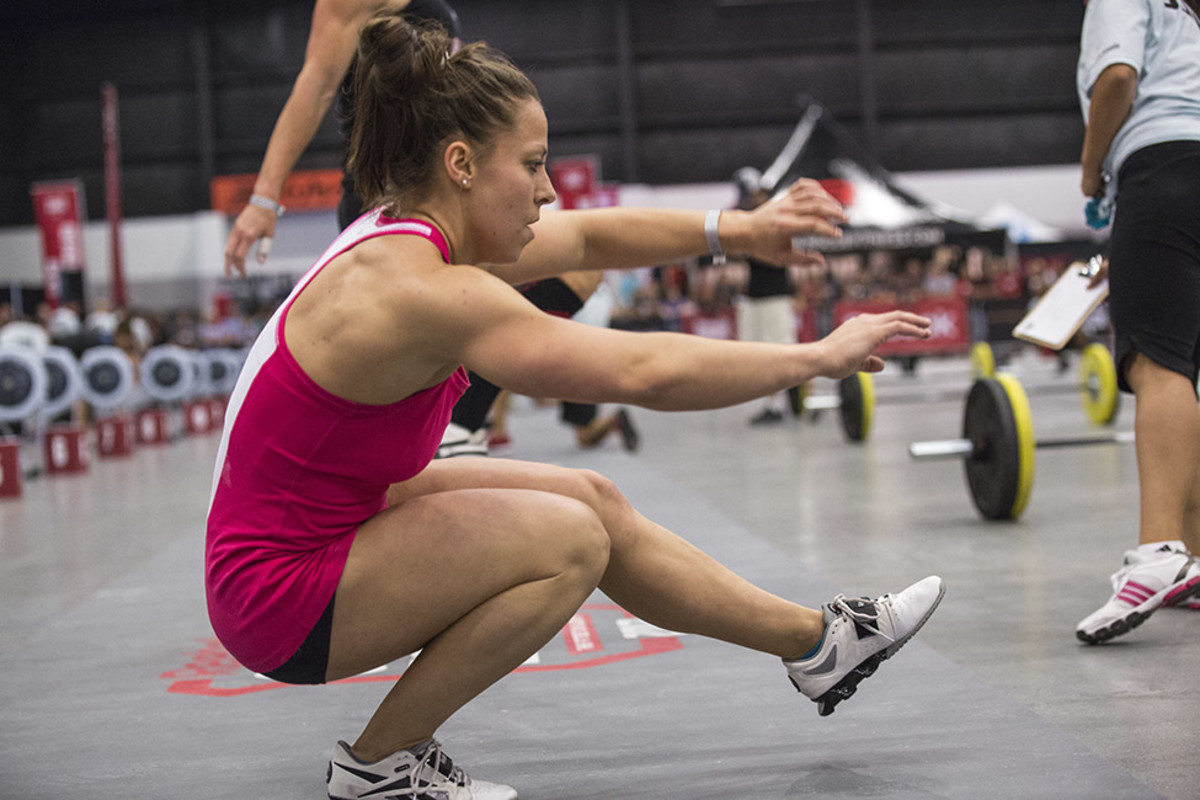
Bridgers is a co-owner of a CrossFit gym in Atlanta and a former collegiate gymnast at the University of Georgia. After three years of top-10 finishes at the South East Regional, Emily Bridgers finally qualified for the CrossFit Games this year and is looking to get on the podium.
Kyle Kasperbauer
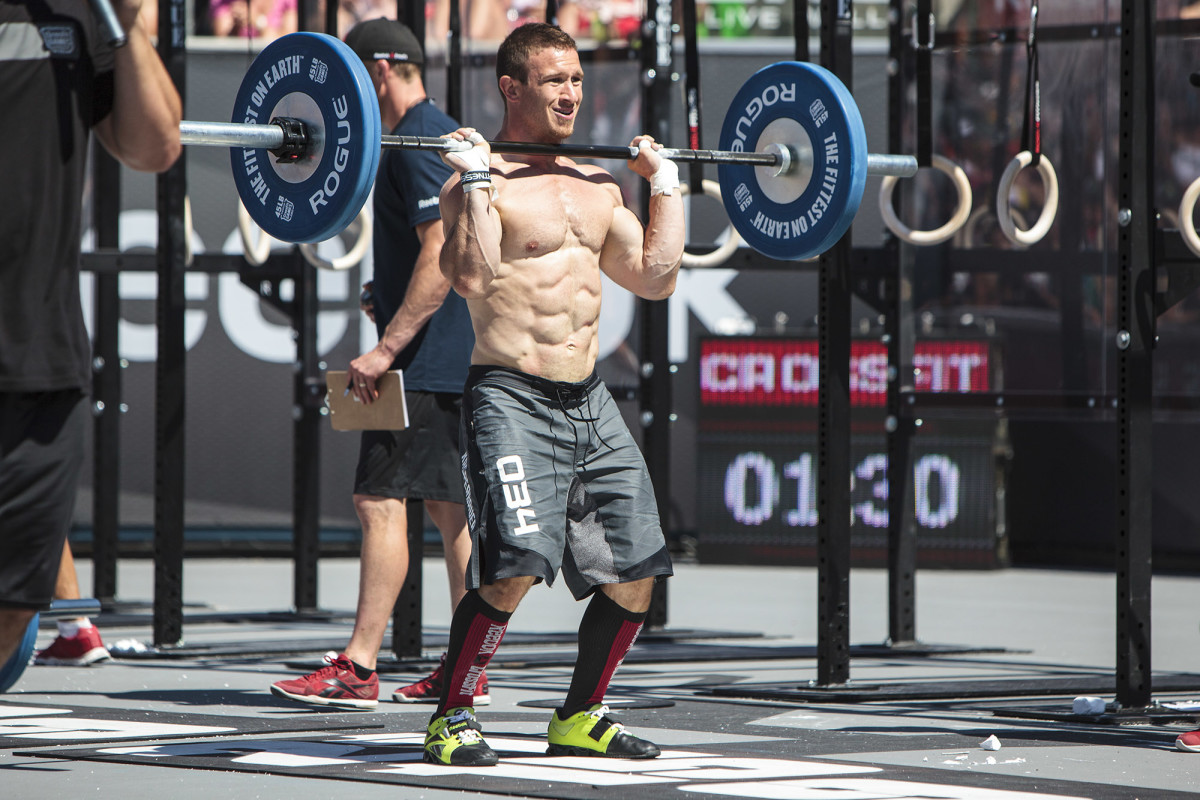
Kasperbauer weighs and measures his food, which he makes sure is strictly following the Paleo diet guidelines. In 2012 he finished in third place at the Games and finished first in this year's North Central regionals.
Emily Abbott
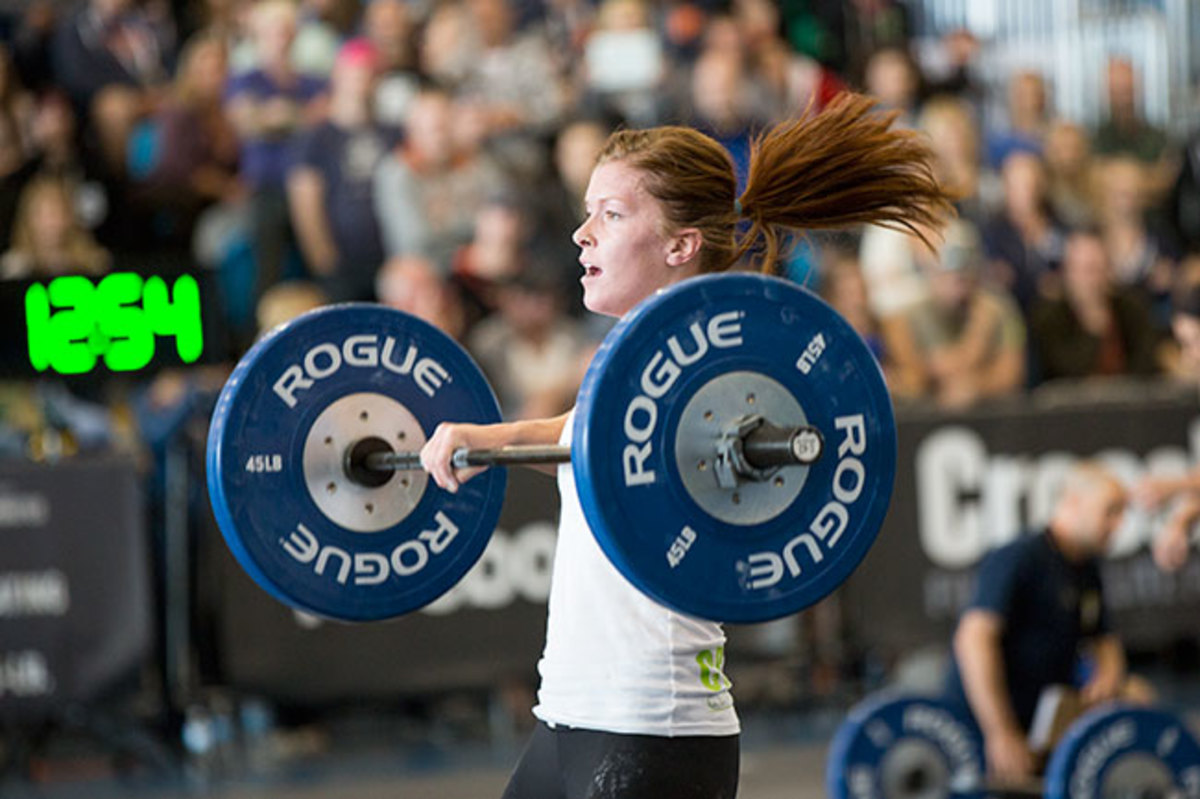
Abbott played basketball at the University of Windsor and played volleyball and ran track and field in high school. The 25-year-old started Crossfit in 2012 but committed to training in July 2013, with hopes of making it to the Games in 2014.
Noah Ohlsen
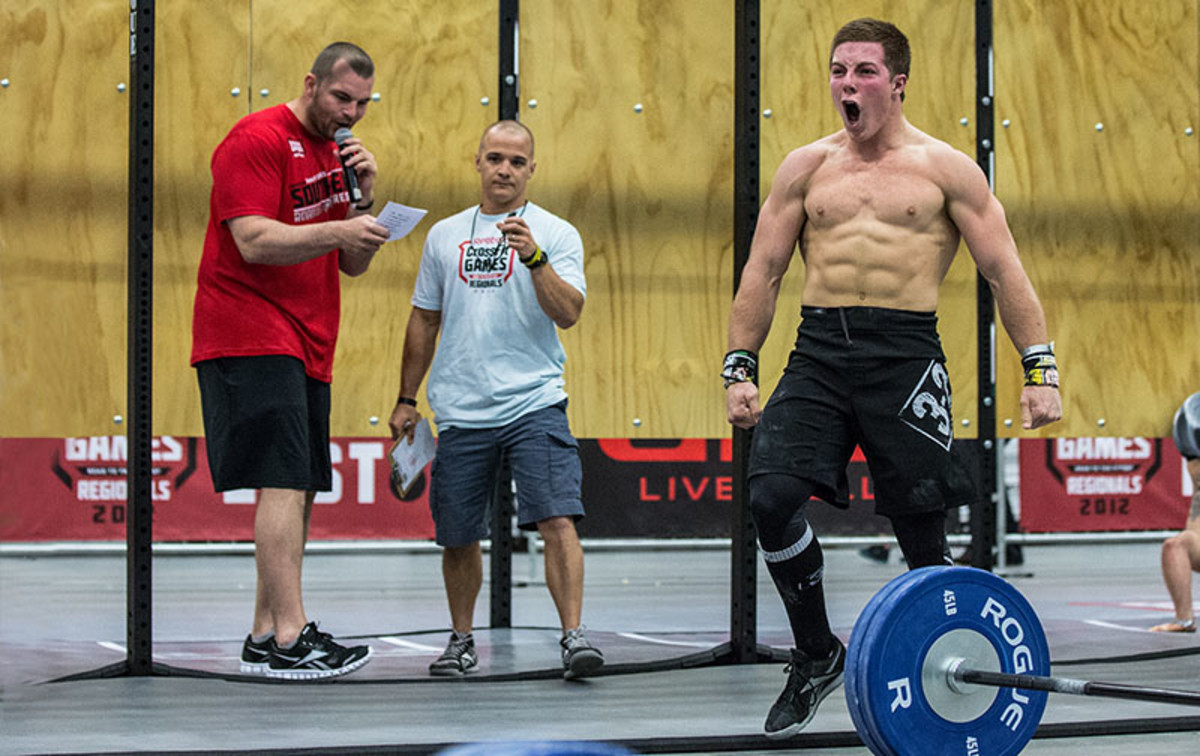
Ohlsen is only 23-years-old and a student at the University of Miami. He played lacrosse until high school and picked up wrestling after his freshman year, and then played water polo at the collegiate level at both Clemson and the University of Miami.
Jonne Koski
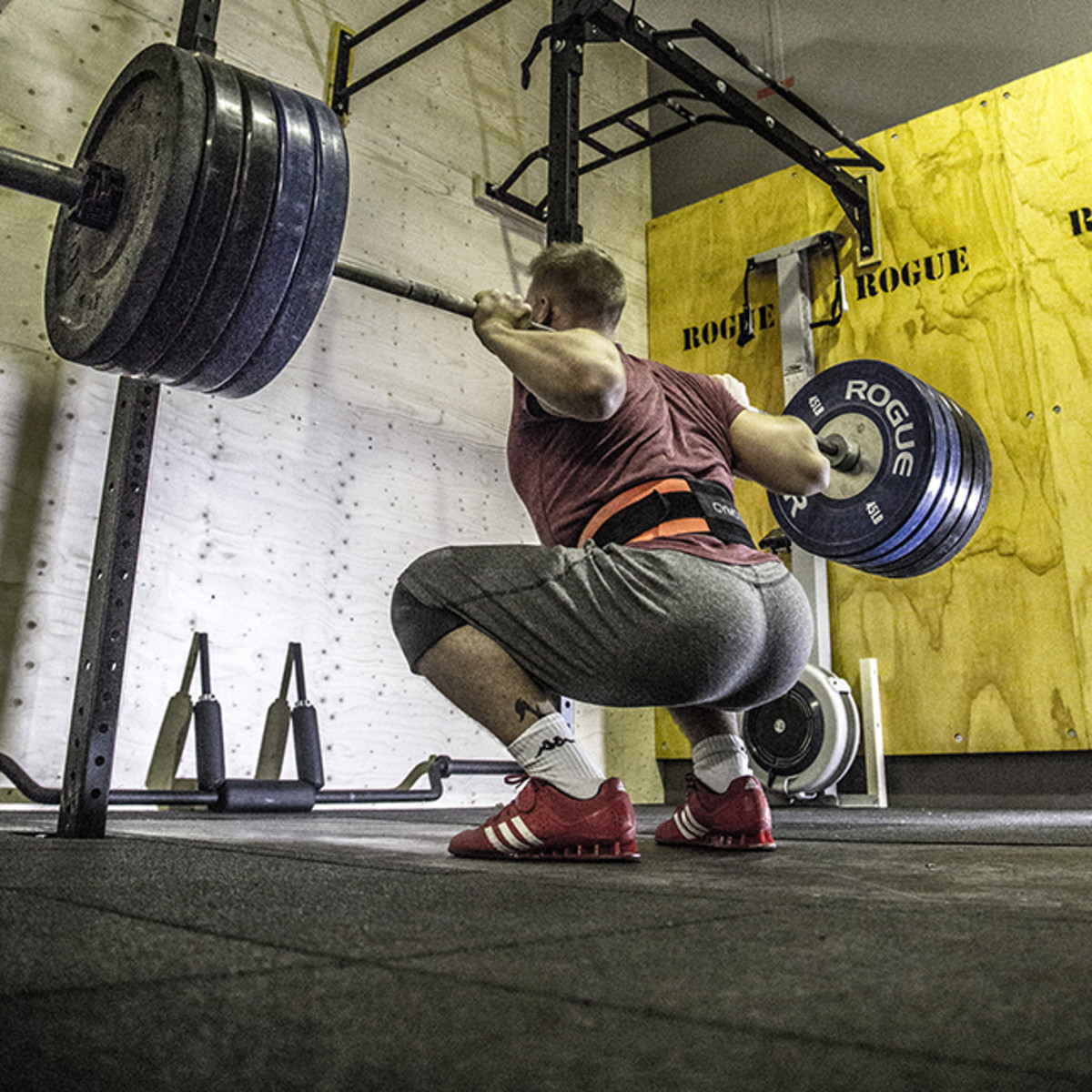
Jonne Koski was introduced to CrossFit by top European athlete Tuomas Vainio and now trains with 2009 CrossFit Games champion, Mikko Salo. The 19-year-old lives in Pori, Finland, and trains at CrossFit Varasto, the new box in his hometown, run and owned by Salo.
Wanda Brenton
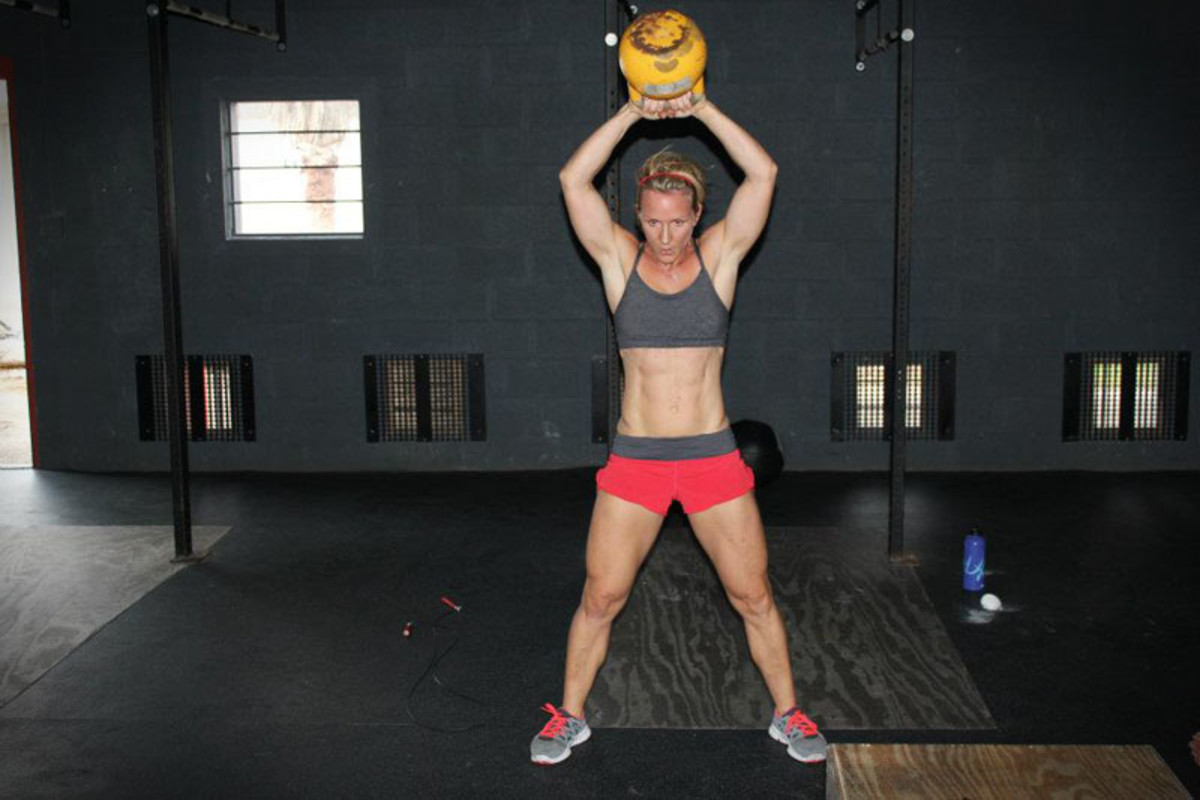
Brenton won the Latin American regionals and is known for doing some CrossFit Moms WOD's when she was pregnant in 2010 and 2011. The 39-year-old owns her own CrossFit affiliate and is from the Cayman Islands.
Lucas Parker
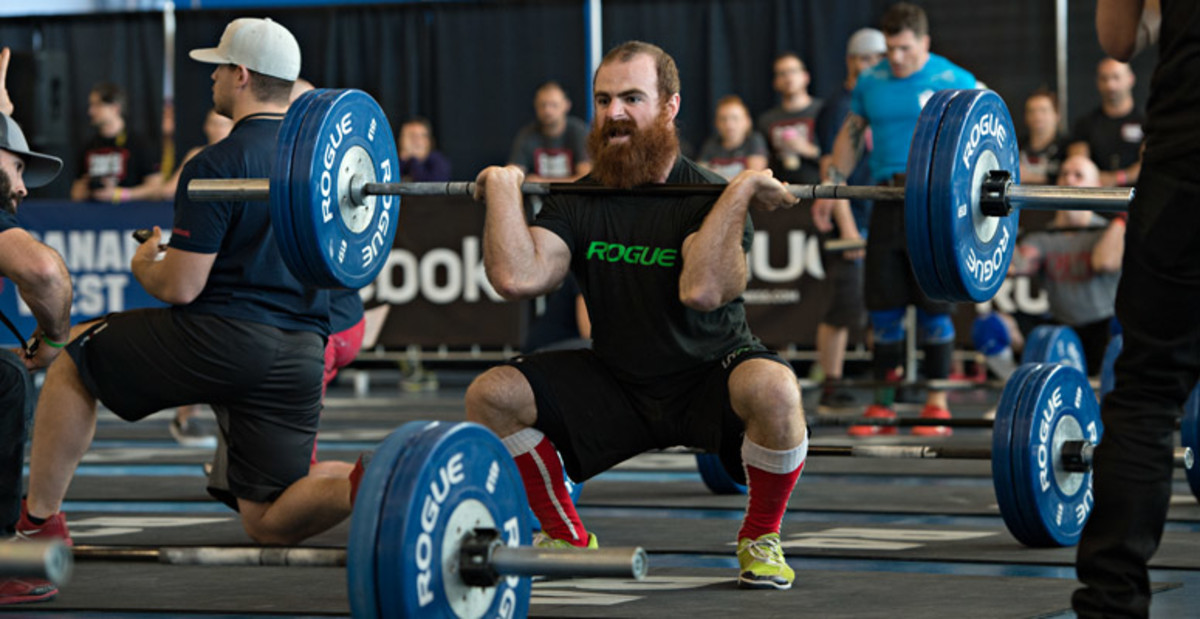
Parker started CrossFit in 2005 and is known for his beard. He has been at the top of the leaderboard since 2011 and won this year's Canada West regionals.
Julie Foucher
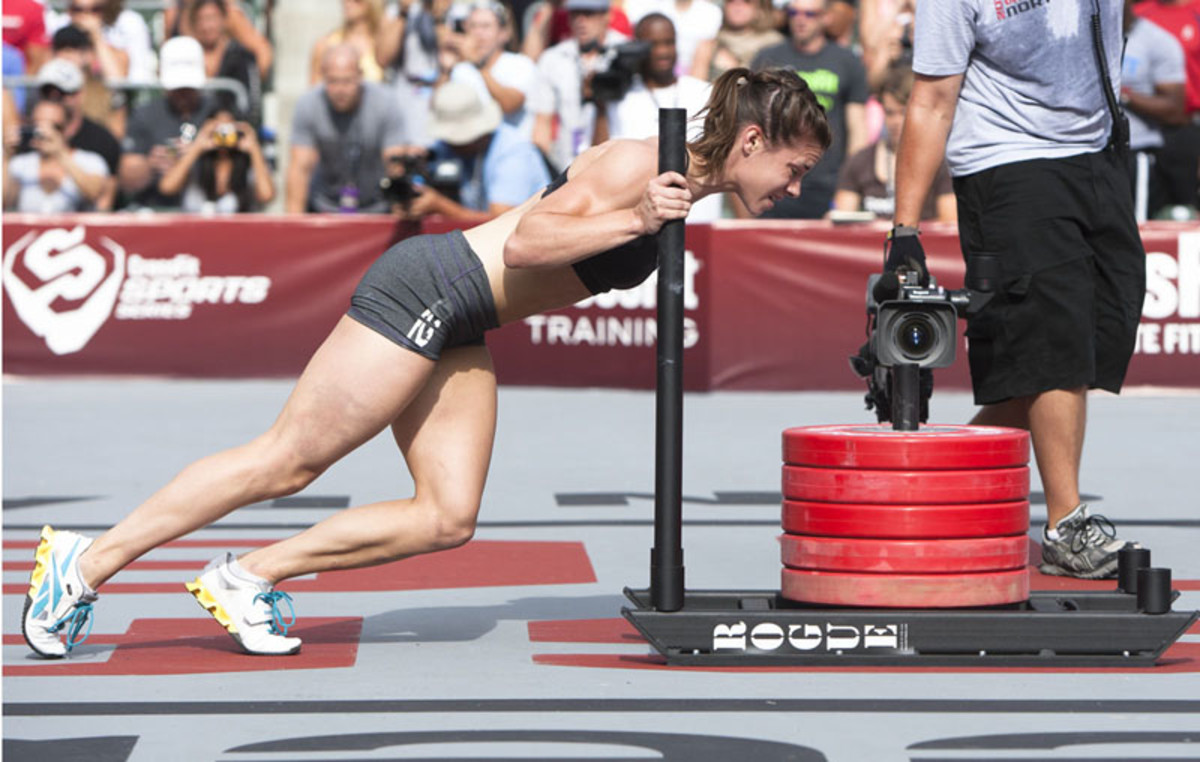
The 25-year-old Foucher did not compete last year because she was attending medical school, but in 2012, she placed second at the Games. She participated in high school gymnastics and track and field and will be training to be a doctor full-time after 2015.
Emmanuel Maldonado
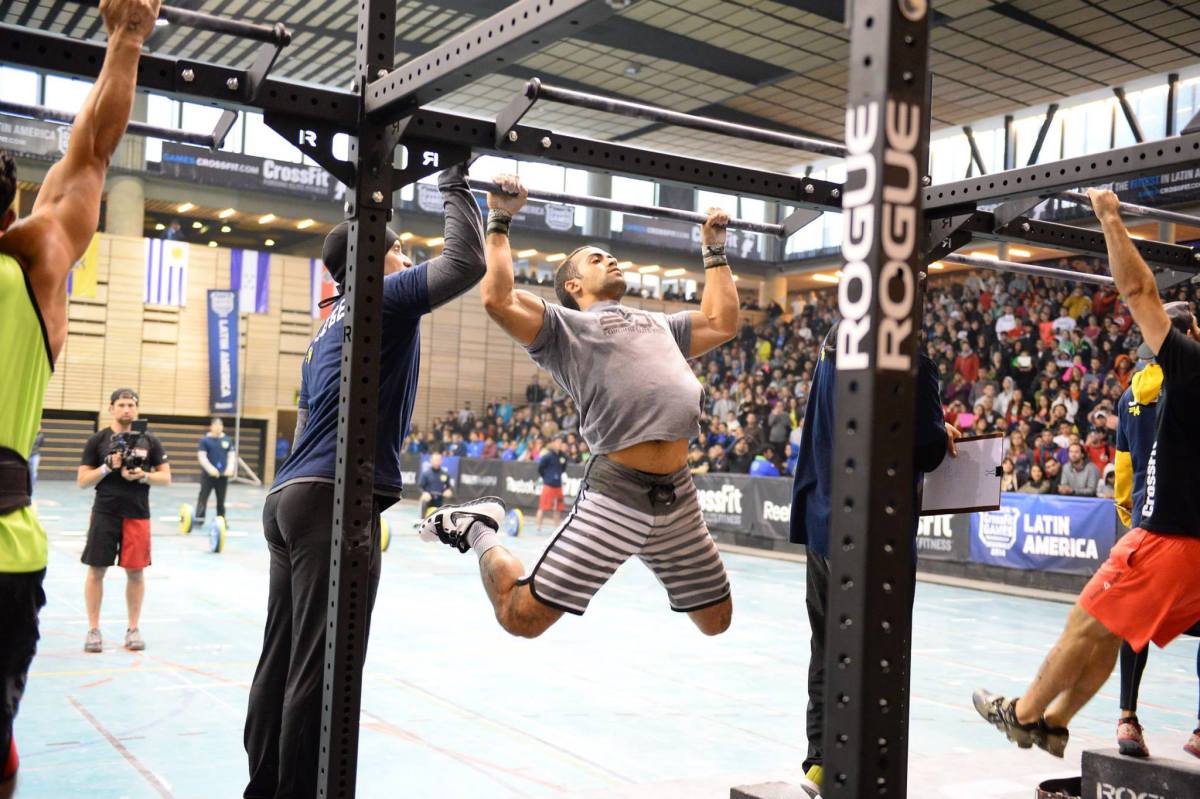
Maldonado qualified for the CrossFit Games out of the Latin America Region. This year's Games will be the 24-year-old's first.
Emily Carothers
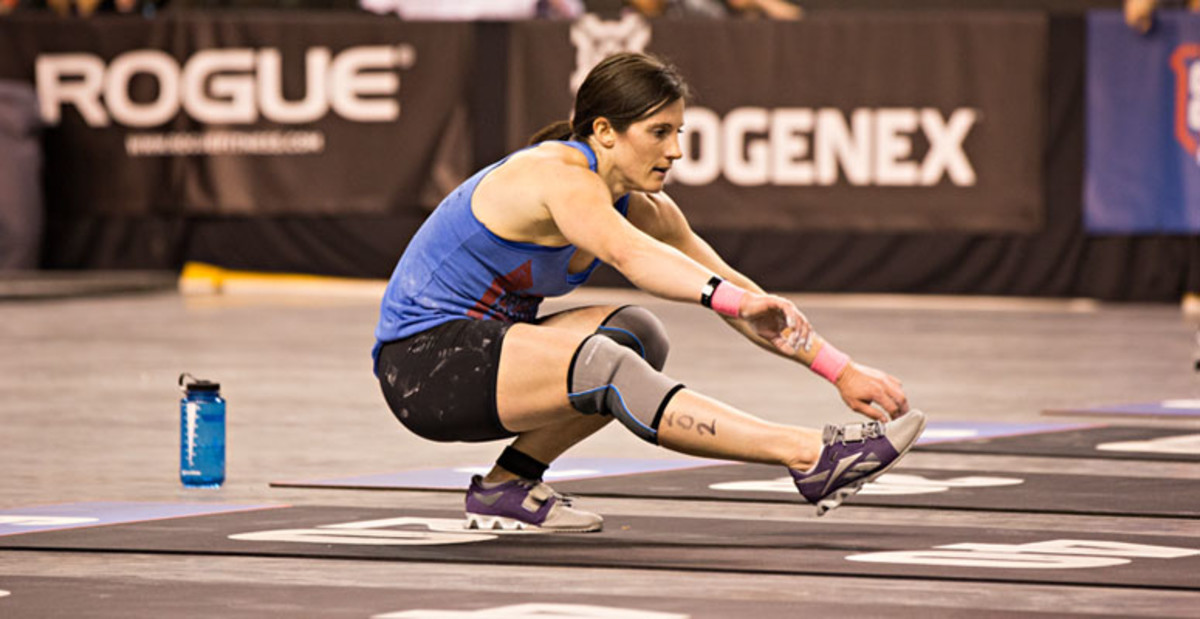
Carothers trains at Tiger Mountain CrossFit in Issaquah, Washington, and finished fourth in the region in this year’s Open, and 23rd at last year’s Games.
Cole Sager
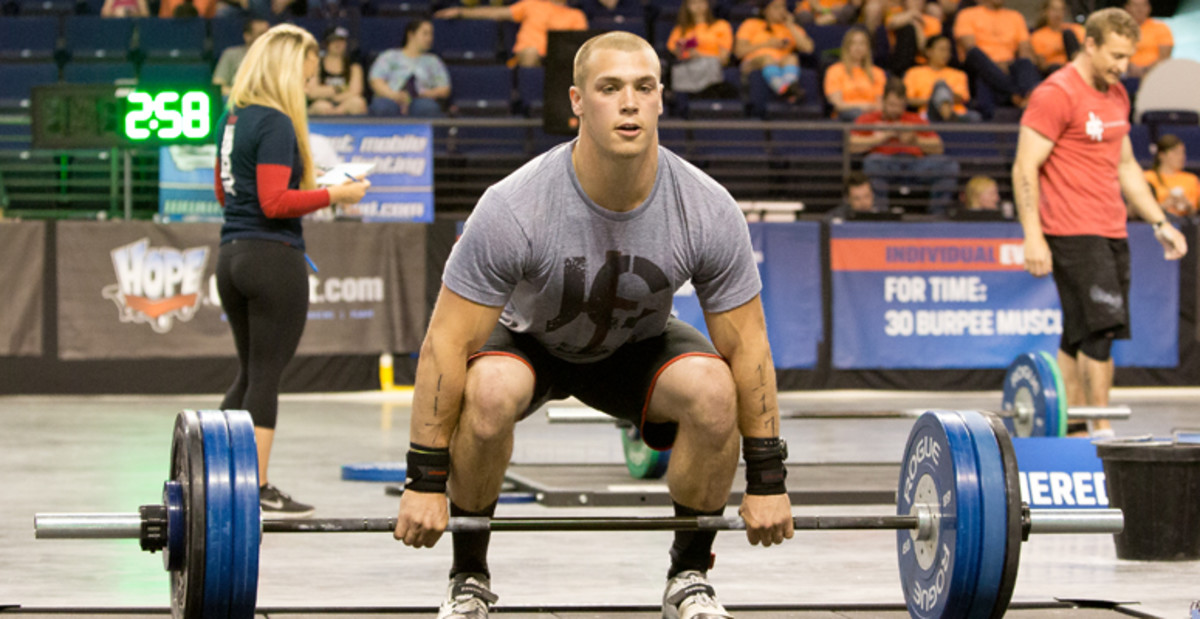
Sager played football for the University of Washington for four years as a running back and special teams player. He started CrossFit in January 2013 and chose to compete at the 2014 North West Regional instead of entering the NFL Draft.
Gretchen Kittelberger
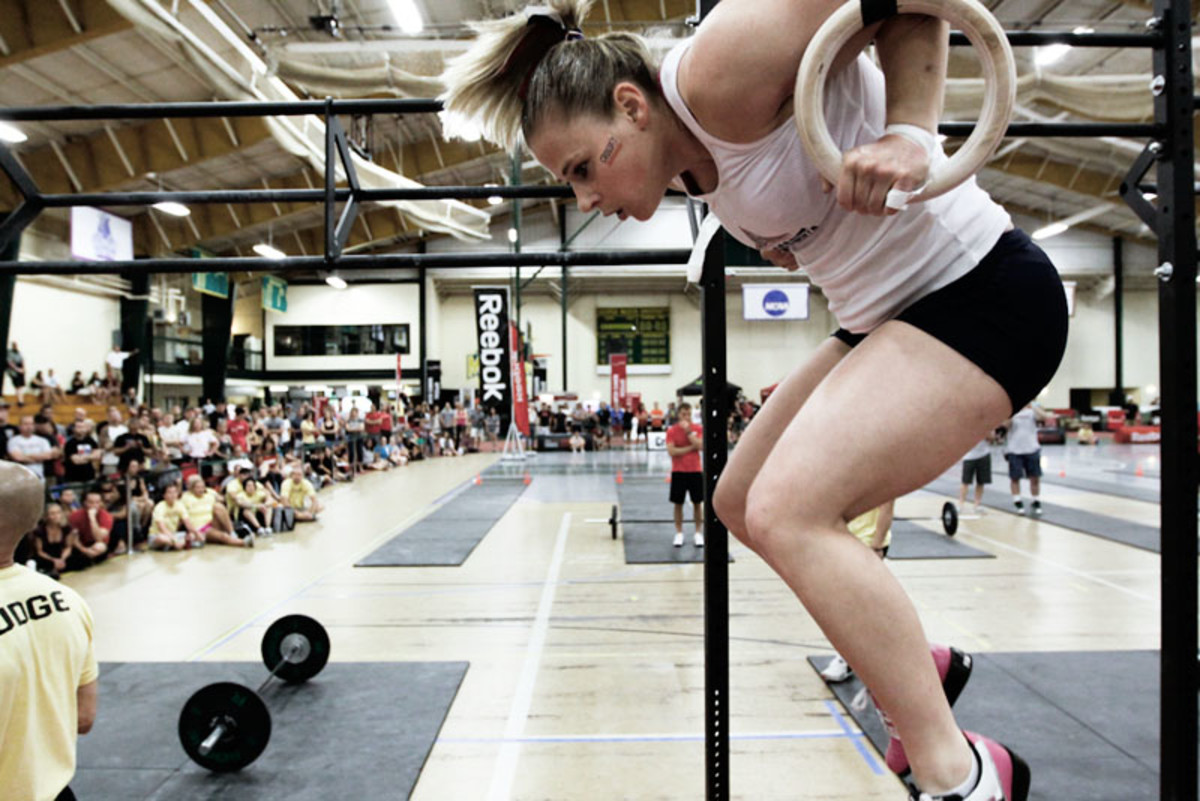
Kittelberger is a former Maryland gymnast and has been doing CrossFit for the past five years. This will be Kittelberger's fourth appearance in the competition.
Rob Forte
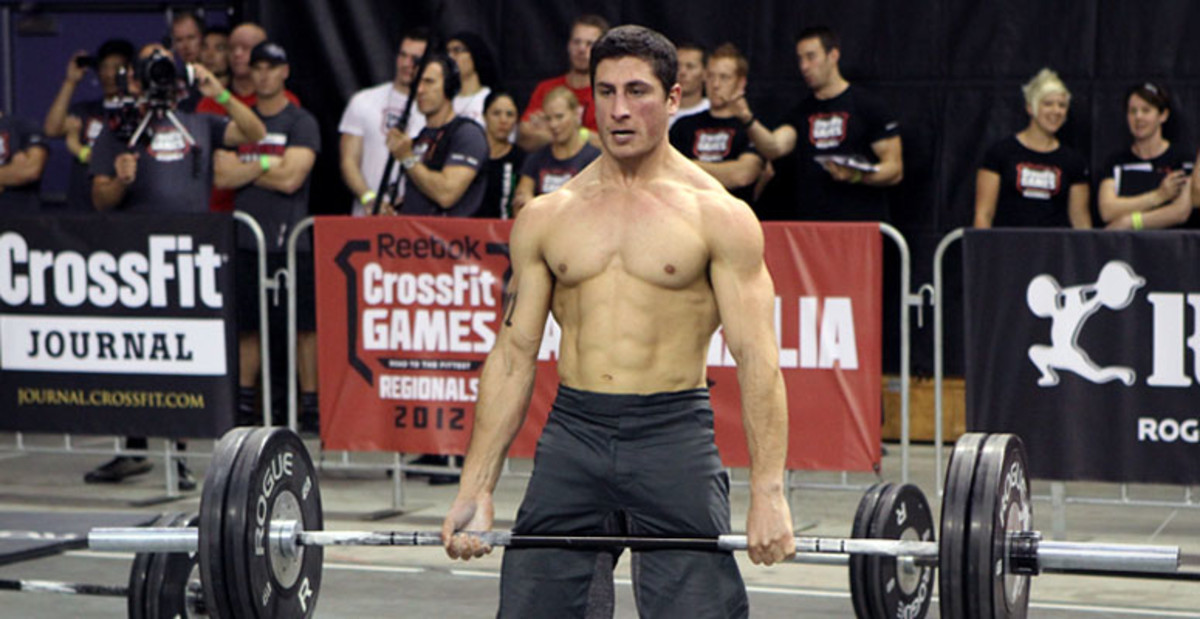
Three-time CrossFit Games competitor and reigning Australia Regional champion, Forte finished 33rd overall at last year’s Games. The 27-year-old has changed his training regimen this year in hopes of making it to the podium.
Denae Brown
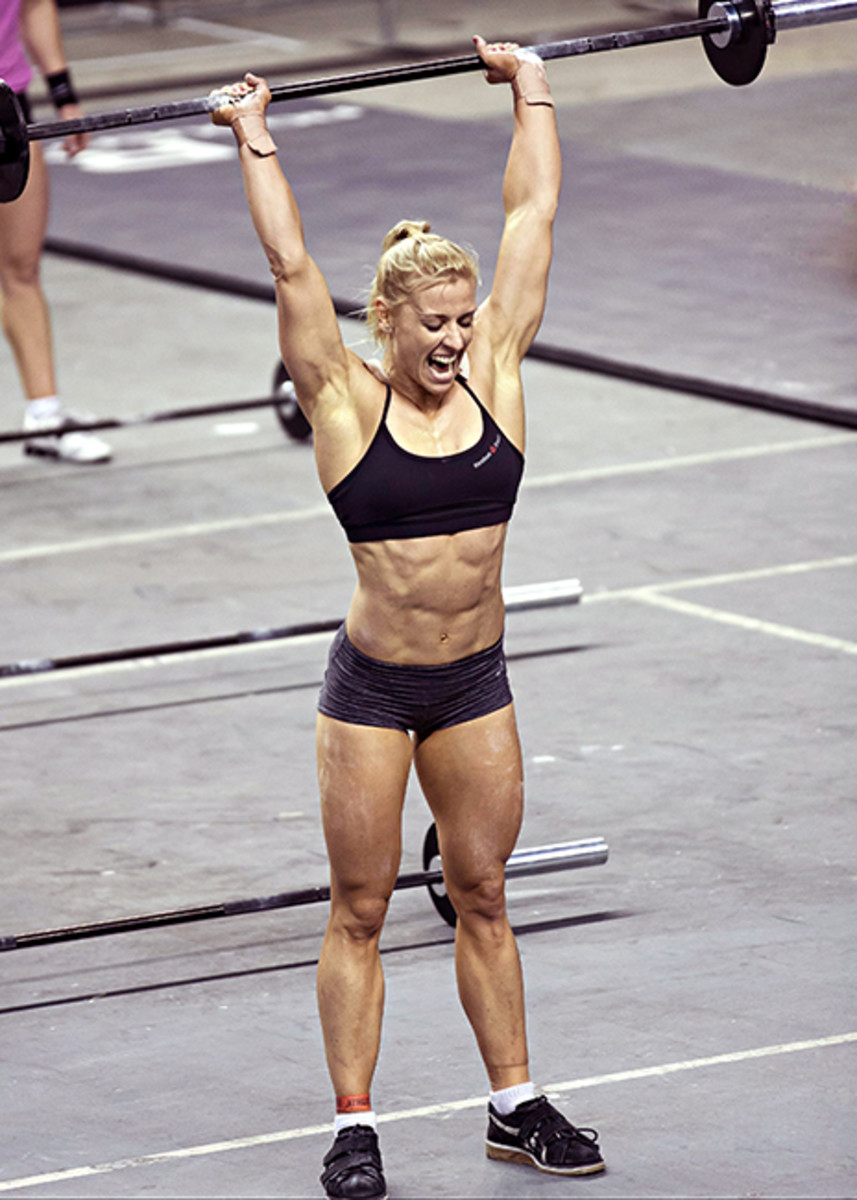
Little over a year after giving birth to her daughter, Brown is returning to CrossFit competition this year. She played basketball, softball, gymnastics, track & field and curling growing up.
Camille Leblanc-Bazinet
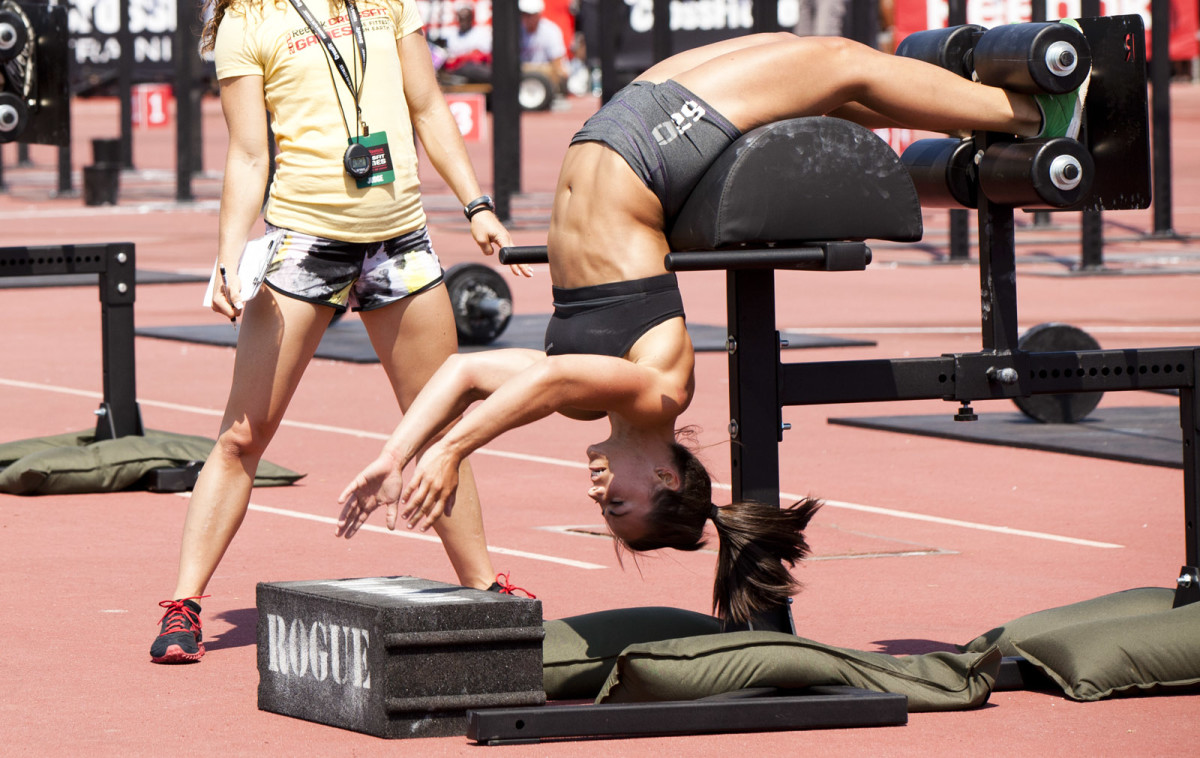
Leblanc-Bazinet has is a four-time Games veteran and has focused on improving her weightlifting going into this year's Games. She has her sights set on the 2016 Olympics with a qualification for the world championships in weightlifting just two weeks after the Games.
